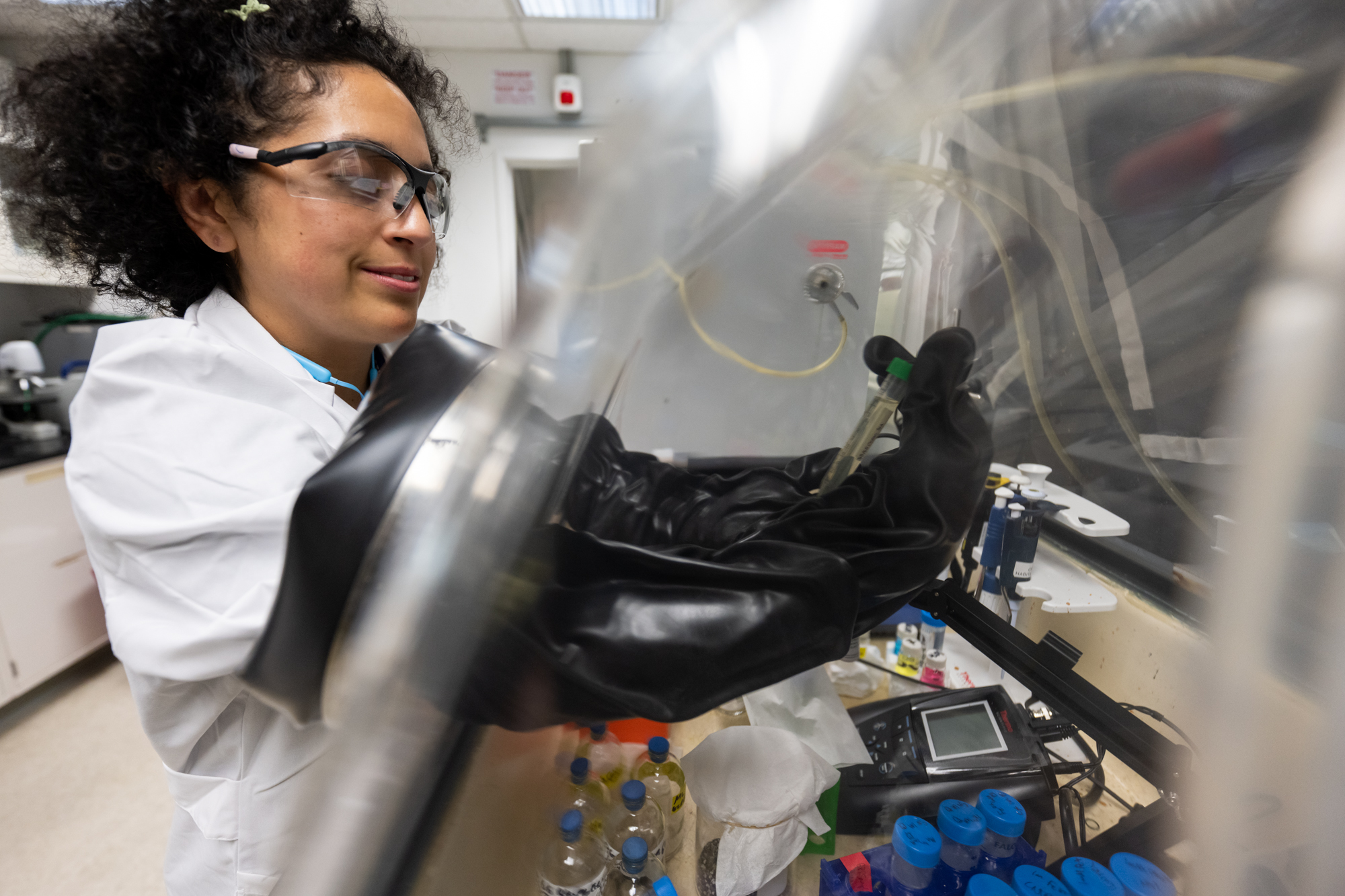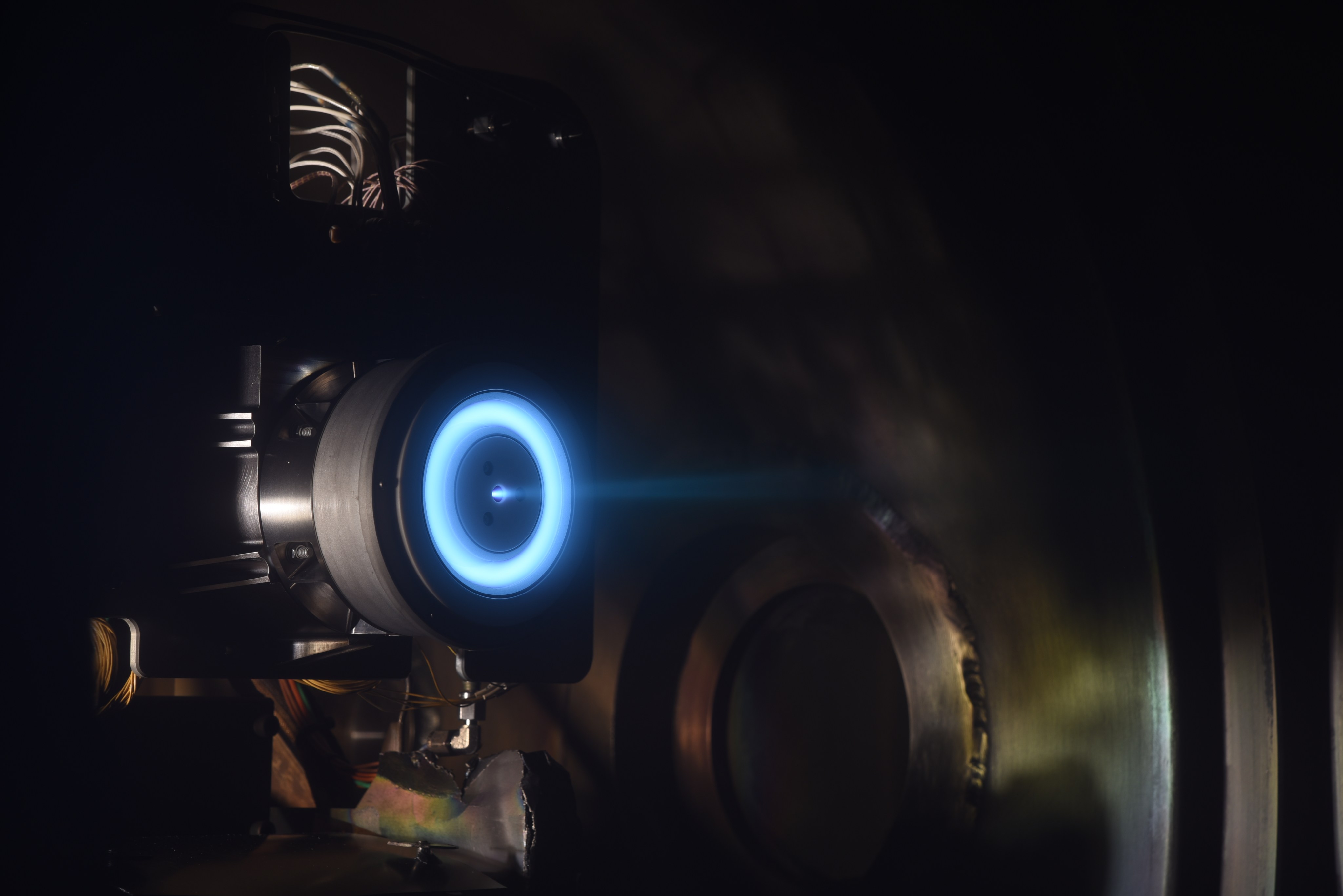3 min read
April 25, 2013: The Solar System is a beautiful place filled with wonders that NASA space probes are only beginning to discover. There's a tendency, though, for people to become indifferent; every year Hubble, Cassini, MESSENGER and other spacecraft beam back gigabytes of jaw-dropping images. After a while, you don't have any more "gasps" left in you.
Well, maybe just one more. Inhale deeply, because at the end of April, Saturn will put on a breathtaking display.
A new ScienceCast video (in English) explores this month's close encounter with Saturn.
No space probe is required to see it. Just set up a telescope in your back yard--even a small department store ‘scope will do--and point the optics toward the constellation Virgo. Saturn is there, not far from the bright star Spica.
On April 28th, Saturn makes its closest approach to Earth, appearing bigger and brighter than at any other time in 2013. Astronomers call this event "an opposition," because Saturn will be opposite the sun in the skies of Earth. The golden planet rises at sunset, soars almost overhead at midnight, and stays up all night long.
Observers who see Saturn for the first time through the eyepiece of a telescope often gasp. The view is Hubble-esque, but the experience is much more personal. You’re seeing Saturn with your own eyes, a celestial wonder right out of the pages of an Astronomy magazine. The sight of that cloudy sphere suspended in the middle of crisp, thin icy rings is almost unreal.
To the naked eye, Saturn at opposition is about twice as bright as a first-magnitude star. This makes it relatively easy to find. Novices should start looking on April 25-26, when the full Moon passes Saturn only a few degrees away. For that one night, the Moon will act as a beacon, guiding observers straight to the ringed planet. Once you know where Saturn is, you can find it again on subsequent nights.
Look again on April 28th. That's when Saturn will be closest to Earth--about 1.3 billion km away. If clouds intervene, don’t worry; there are many more opportunities to look. Saturn will remain a golden jewel in the midnight sky for weeks to come.
Meanwhile, NASA's Cassini spacecraft is circling Saturn, exploring the planet and its environment at point-blank range. Since it reached the Saturn system in 2004, Cassini has found a moon with “tiger stripes” spewing geysers of salty water; an electrical storm big enough to swallow Earth; methane lakes and rain on Titan; braids, spokes and other strange ripples in Saturn's rings; a hexagonal cloud system surrounding Saturn's north pole; a satellite that looks like a sponge, and much more.
Saturn is near. Save the indifference for another planet!
Credits:
Author: Dr. Tony Phillips | Production editor: Dr. Tony Phillips | Credit: Science@NASA
More information:
Cassini -- mission home page







